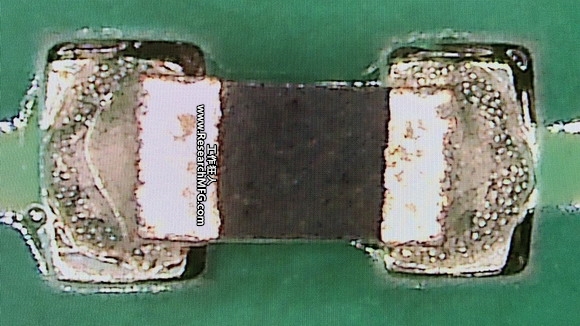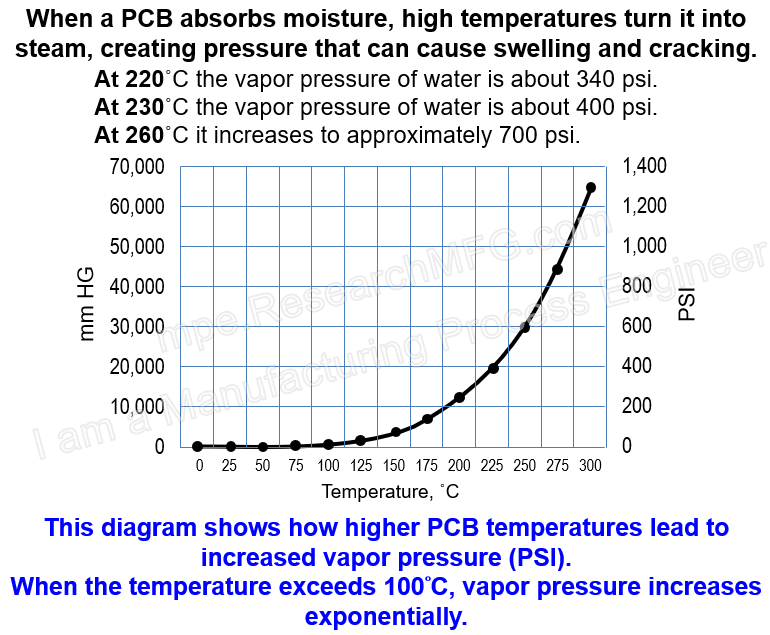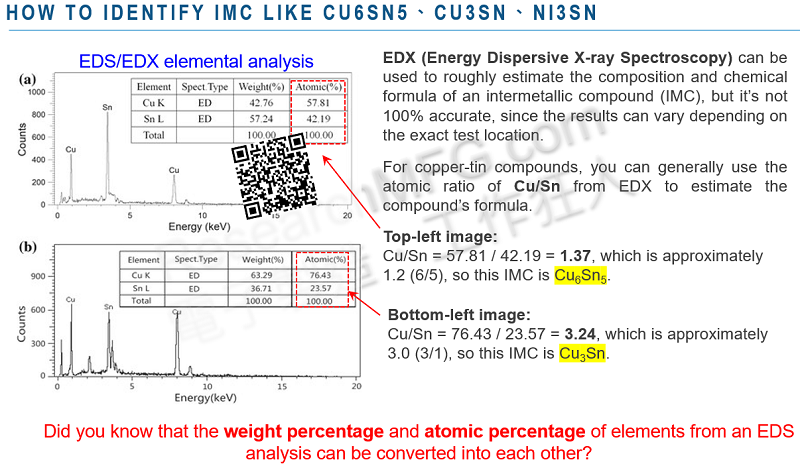
“Oxidation” is a major enemy of solder quality, but oxidation is a natural law of elements striving for stability that cannot be avoided. Using nitrogen (N2) to isolate solder from oxygen (O2) is one of the few effective methods currently available to reduce oxidation of electronic components during high-temperature soldering.
Although nitrogen (N2) is not one of the noble gases of Group 8A, it is classified as an “inert gas” in modern chemistry. Nitrogen is very unreactive in nature, making it unlikely to form compounds with metals. It also makes up 78% of the atmosphere, making it relatively inexpensive to obtain. As a result, nitrogen is often used in SMT reflow ovens to replace oxygen, and in some wave soldering ovens, to reduce oxidation of solder or PCB pads at high temperatures.
While using nitrogen in reflow and wave soldering ovens improves soldering quality and offers several benefits, it is not without drawbacks.
Below, Workingbear has compiled the effects of nitrogen on various SMT soldering defects.
Solder Beads
 “Solder beads,” also known as “solder balls,” are a common solder defect. They often appear underneath components, especially between the side edges of small chips like resistors and capacitors. This occurs because the flux in the solder paste evaporates quickly at high temperatures, causing some of the solder paste to move outward (similar to an exploding phenomenon). As a result, separate solder paste blobs form in the small gaps between the component body and the PCB. During reflow, without a pad to attract the molten solder and with the weight of the component pressing down, these blobs squeeze out and form small solder beads at the edges of the component body.
“Solder beads,” also known as “solder balls,” are a common solder defect. They often appear underneath components, especially between the side edges of small chips like resistors and capacitors. This occurs because the flux in the solder paste evaporates quickly at high temperatures, causing some of the solder paste to move outward (similar to an exploding phenomenon). As a result, separate solder paste blobs form in the small gaps between the component body and the PCB. During reflow, without a pad to attract the molten solder and with the weight of the component pressing down, these blobs squeeze out and form small solder beads at the edges of the component body.
Another main cause of solder beads is solder paste oxidation. Due to the size differences among electronic components, thinner stencils are used for smaller components while larger pads for bigger components are extended to increase solder paste volume. If the solder paste is exposed to air for too long, it oxidizes and the flux partially evaporates. When the solder melts, an oxide layer forms on the surface, reducing the paste’s activity. This prevents the molten solder from fully retracting to the pad, leaving behind separated solder beads.
Filling the reflow oven with nitrogen reduces the number of solder beads regardless of the solder paste type. This is because the low-oxygen environment prevents the formation of oxide layers on the solder particles, allowing them to fuse more effectively and reducing the amount of solder ejected by the flux.
Additionally, nitrogen effectively inhibits the oxidation of PCB pads at high reflow temperatures. This is especially beneficial for the quality of the second reflow, as easily wetted pads help recover excess solder.
Bubbles/Void

Similar to solder beads, bubbles or voids can easily form in the central ground pad of QFNs. Besides design-related issues like vias causing voids or insufficient solder, the wetting of pads improves in nitrogen conditions, reducing the void rate. Nitrogen allows solder particles to wet each other quickly, efficiently expelling trapped gases during reflow.
In theory, filling the reflow oven with nitrogen should also reduce voids in BGA solder balls. However, results are not always consistent across all joints. There have been cases where adding nitrogen increased BGA void rates, indicating that our understanding of BGA void formation might still be incomplete.
Additional Explanation for Voiding Mechanisms in BGA Solder Joints under Nitrogen Reflow:
In theory, adding nitrogen (N2) to the reflow oven reduces the surface tension of solder paste and the metals being soldered. Lower surface tension aids the diffusion of solder powder and the escape of flux gases, thus reducing voids. However, the impact of surface tension on voids depends on the type of solder joint:
-
Non-BGA joints (less solder): Lower surface tension helps solder spread and migrate over the metal, improving wetting and reducing non-wetting voids.
-
BGA joints (more solder): Lower surface tension cannot effectively support the molten solder, causing gases to gather and form larger voids.
Thus, while nitrogen in the reflow oven can reduce voids at the BGA ball-pad interface, it may increase voids within the BGA balls themselves, as smaller voids combine into larger ones. Additionally, nitrogen increases the pressure in the reflow oven, making it harder for gases within BGA balls to escape.
Graping

The graping phenomenon generally refers to solder powder not fully fusing together during reflow, resulting in separate, individual solder balls stacking together to form a cluster resembling a bunch of grapes. Graping usually occurs due to oxidation of the solder paste or premature evaporation of the flux in the solder paste, creating a thick oxide layer on the surface of the solder particles that cannot be fully broken or removed for proper fusion.
As electronic components become smaller, the amount of solder paste used also decreases, increasing the surface area ratio of solder particles exposed to air. Using smaller diameter solder powders (higher numbers) also results in a higher oxidation rate on the surface of the solder powders. Imagine stacking 10 and 100 marbles with glue to form a block; the 100-marble stack has more marbles inside compared to the 10-marble stack. Solder powders in solder paste are like these marbles, and the flux acts like glue. Solder powders on the outermost layer of the solder paste are more likely to oxidize from air exposure, while the inner powders can fuse together. This explains why some solder joints exhibit the graping phenomenon without affecting the product’s functionality.
Adding nitrogen to the reflow oven can reduce the risk of solder powder oxidation during reflow. However, if the solder paste has already oxidized or if the flux cannot protect the solder powders from oxidation, adding nitrogen will not help reduce graping.
Recommending Post: What is Graping Solder Defect in SMT Assembly? How to Fix it?
Head-in-Pillow (HIP/HoP)

The head-in-pillow or head-on-pillow (HIP/HoP) phenomenon mainly occurs when BGA components experience warping or deformation of the BGA substrate or PCB during the high temperatures of the reflow process. This causes the BGA solder balls to separate from the solder paste printed on the PCB. As the board passes through the high-temperature reflow zone and then cools, the deformation of the BGA substrate and PCB slowly returns to their previous states. However, by this time, the temperature has already dropped below the solder’s melting point, forming a weak or defective joint resembling a head resting on a pillow.
Another possible cause is slight oxidation of the BGA solder balls. If the flux in the solder paste cannot remove the oxide layer on the BGA solder balls due to insufficient activity, it prevents the solder paste from fusing with the BGA solder balls, resulting in a head-in-pillow effect.
Adding nitrogen to the reflow oven can partially solve issues caused by insufficient flux activity but is ineffective against HIP/HoP caused by PCB or BGA substrate warping.
Recommending Post: HIP (Head-in-Pillow) Defect Phenomenon: Possible Causes in SMT Reflow Process
Non-wetting

Adding nitrogen to the reflow oven generally improves solder wetting. Nitrogen enhances wetting in two main ways:
-
It boosts the protective and oxide-removal effects of the flux in the solder paste. When the solder paste’s activity is ensured, wetting naturally improves.
-
It reduces the oxidation level of PCB pads in high-temperature environments, enhancing pad wetting. Nitrogen is particularly effective for OSP-finished boards in the second pass through the oven but is less helpful in protecting ENIG-finished pads from oxidation.
However, if the solder paste and PCB pads are already degraded or oxidized before entering the reflow oven, even the best nitrogen cannot bring them back to life.
Here’s an interesting phenomenon: in a nitrogen environment, the solder climb on component leads will be lower than in an air environment (without nitrogen). How does this happen? While nitrogen improves wetting on PCB pads, it also enhances the solder’s spreading on the pads, which can reduce the solder’s height on component leads. It’s like water flowing downhill; the solder prefers to spread where it wets well, so if the pad becomes easier to wet, the solder doesn’t need to climb up the leads.
Tombstoning
 The tombstoning effect occurs when the two ends of the same component do not melt simultaneously, causing uneven forces that lift one end of the component, leaving it suspended. This usually happens with components that have a large copper area on one end and a small copper area on the other, as the different copper areas affect the heat received by the pads, creating a timing difference in solder melting. If the melting force on one end exceeds the component’s weight, tombstoning occurs.
The tombstoning effect occurs when the two ends of the same component do not melt simultaneously, causing uneven forces that lift one end of the component, leaving it suspended. This usually happens with components that have a large copper area on one end and a small copper area on the other, as the different copper areas affect the heat received by the pads, creating a timing difference in solder melting. If the melting force on one end exceeds the component’s weight, tombstoning occurs.
Other causes include uneven solder paste printing on both ends, printing misalignment, or component placement misalignment.
Adding nitrogen to the reflow oven generally makes pad wetting faster and better but can also increase the solder melting timing difference, leading to more and worse tombstoning. Try turning off the nitrogen to see if the tombstoning situation improves.
Related Posts:








Leave a Reply